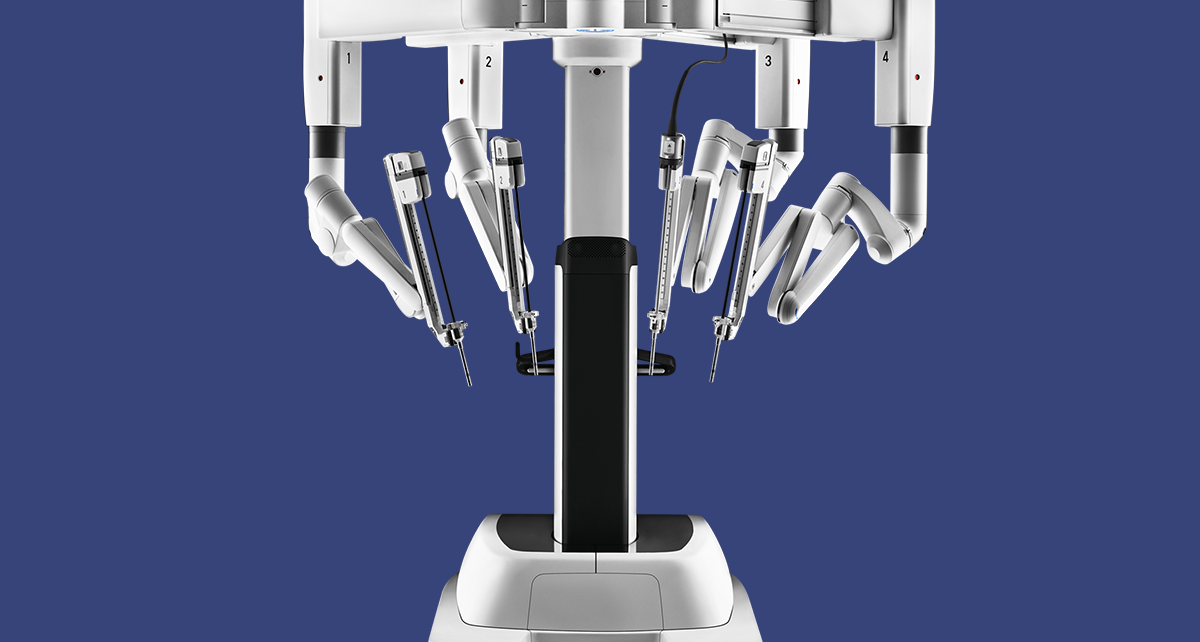Honestly, the idea of surgery can be intimidating. The large incisions, the long recovery times… it’s enough to make anyone nervous. But here’s the deal: the landscape of the operating room is changing. It’s becoming quieter, more precise, and frankly, less invasive. The star of this show? Robotic surgery systems.
Think of it less like a robot taking over and more like a high-tech exoskeleton for a surgeon’s skill. It translates a surgeon’s hand movements into smaller, more precise actions inside your body. The result? A paradigm shift in how we heal.
Beyond the Hype: What Robotic Surgery Actually Is
Let’s clear something up right away. The robot doesn’t operate on its own. Not at all. It’s a sophisticated tool, an extension of the surgeon. The surgeon sits at a console, peering into a high-definition 3D view of the surgical site. Their hands grip the masters, and the system translates every flick of the wrist—but it filters out hand tremors and scales down movements.
So a one-inch movement by the surgeon might become a mere quarter-inch movement by the tiny instruments inside the patient. It’s superhuman precision, guided by a human mind.
The Latest Leaps Forward: What’s New in the Robotic Realm
The field is moving at a breakneck pace. It’s not just about one company anymore; it’s an entire ecosystem of innovation. Here are some of the most exciting advancements in robotic-assisted surgery happening right now.
1. The Single-Port Revolution
Earlier systems needed multiple small incisions for the camera and various instruments. Now? Single-port robotic surgery is a game-changer. All the necessary tools and the camera snake through a single, small incision, often through the belly button. The cosmetic and recovery benefits are, well, massive. We’re talking about virtually scarless procedures for certain surgeries.
2. Augmented Reality (AR) in the OR
This is where it starts to feel like science fiction. Surgeons can now see a patient’s CT or MRI scans overlaid in real-time onto the live video feed. Imagine a surgeon being able to “see through” tissue to locate a hidden tumor or a critical blood vessel before they even make a cut. This enhanced vision is dramatically improving safety and outcomes for complex cancer surgeries and more.
3. Smarter Instruments and Haptic Feedback
One historical limitation was the lack of touch feedback. Surgeons couldn’t “feel” the tissue. Well, that’s changing. Newer systems are integrating haptic feedback technology and force sensors. These provide subtle vibrations or resistance cues, letting the surgeon know if they’re pulling too hard or touching a particularly delicate structure. It’s a crucial layer of sensory information returning to the process.
4. The Rise of Specialized Robots
We’re seeing a move away from one-size-fits-all systems. Now, there are robots designed for very specific tasks. Some are incredibly compact for procedures in cramped spaces like the throat or sinuses. Others are built specifically for orthopedic procedures like knee replacements, offering unparalleled accuracy in bone cuts.
Why It Matters: The Tangible Benefits for Patients
All this tech is impressive, sure. But what does it actually mean for you? The benefits are very, very real.
| Benefit | What It Means for You |
| Smaller Incisions | Less scarring, reduced risk of infection, and minimal blood loss. |
| Less Pain | With smaller cuts comes significantly less post-operative pain. |
| Shorter Hospital Stays | Many procedures become outpatient or require just a single night’s stay. |
| Quicker Recovery | You get back to your life, your work, and your family much faster. |
| Enhanced Precision | Better preservation of healthy tissue, which is crucial in cancer and nerve-sparing surgeries. |
Not Just for One Thing: The Expanding Applications
While it started with fields like prostatectomy, robotic surgery is now a versatile tool across numerous specialties. Let’s look at a few.
General Surgery & Colorectal
From hernia repairs to complex colon resections, the robot’s dexterity in the confined space of the abdomen is a huge advantage. The suturing is just… better.
Gynecologic Surgery
For hysterectomies and fibroid removal, the precision translates to better outcomes and fertility preservation. It’s a major step up from traditional open surgery.
Head and Neck Surgery
Transoral robotic surgery (TORS) allows surgeons to remove tumors of the throat and tongue without any external incisions. This avoids the need for splitting the jaw—a massive quality-of-life improvement.
The Human Element: Surgeon and Patient, Still at the Center
With all this talk of robots, it’s easy to forget the people. The technology is only as good as the surgeon commanding it. The learning curve is steep, requiring extensive training. And for patients, it’s about having an informed conversation with your doctor. Is a minimally invasive robotic procedure the right choice for your specific condition? It often is, but it’s not a magic wand for every single case.
Cost and access remain hurdles, too. These systems are expensive, and not every hospital has them. But as technology matures and more players enter the market, we’re likely to see these barriers start to fall.
A Glimpse into the Very Near Future
Where do we go from here? The trajectory is toward even greater integration of data and intelligence. We’re looking at AI-powered systems that can analyze data in real-time to predict complications or suggest the next optimal step. Think of it as a co-pilot for the surgeon, backed by a database of thousands of previous successful surgeries.
Telesurgery—where a surgeon operates on a patient in a different location—is also inching closer to reality, promising to bring world-class expertise to remote areas.
So, the next time you hear about robotic surgery, don’t picture a cold, autonomous machine. Picture a partnership. A fusion of human experience and technological precision, working in concert to mend the human body with a gentler touch. It’s a quiet revolution, already happening in an operating room near you.




